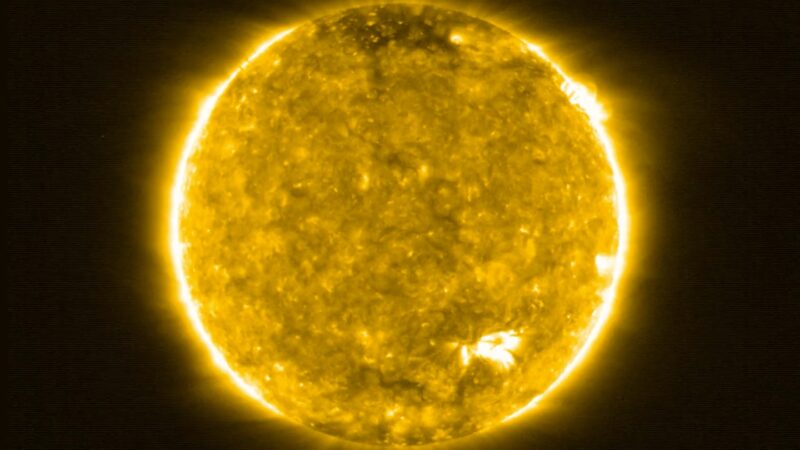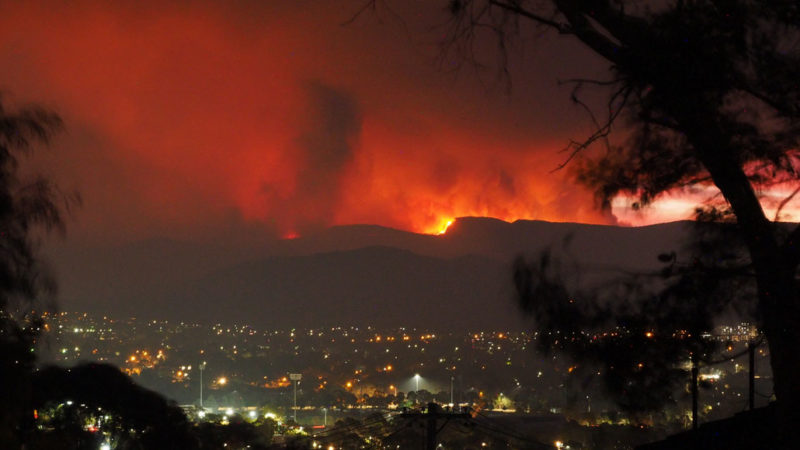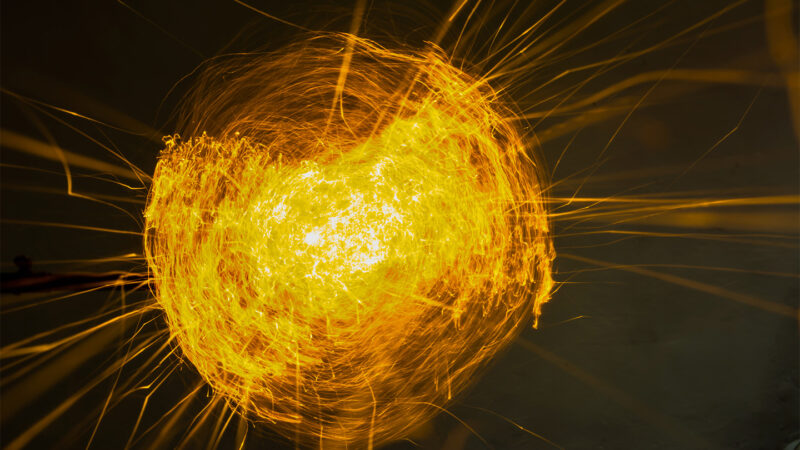Rare deep-sea creatures drift through a garden of sponges and corals that grow alongside an undersea mountain. Oceanographers explored the ecosystems in remote seas of the southeastern Pacific Ocean. The search has just turned up a never-before-seen seamount, or underwater mountain.
During their month-long expedition, researchers also discovered 20 species of sea life that appear new to science. Another 80 species were observed in this part of the ocean for the first time.
The Schmidt Ocean Institute in Palo Alto, Calif., led the team. It announced the new findings August 28 in a press release.
Discovering the seamount was a surprise, says Jyotika Virmani. An oceanographer, she’s also the institute’s executive director.
Satellite imaging of the area had shown only a blurry bump on the seafloor. But the mammoth seamount turned out to be more than 3,000 meters (1.9 miles) high. Its summit sits 994 meters (0.6 mile) below the sea surface. It’s part of an underwater mountain chain called the Nazca Ridge off the west coast of Chile.
A diving robot filmed and explored the new seamount and nine others. It turned up a teeming ecosystem, including a garden of sponges and ancient corals.
Bubblegum coral
One coral garden is about twice as long as a basketball court. It isn’t as dense as shallow-water reefs, Virmani says. Shallow-water reefs are “absolutely chockablock with corals.” Still, she says, it’s impressive for such a deep-water site.
Schmidt Ocean Institute (CC BY-NC-SA 4.0)
The research team observed bubblegum coral (Paragorgia) covered with animals known as golden-yellow zoanthids. Their common name is Midas touch. This coral relative gets its name from the Greek myth of King Midas. In that story, Midas turned everything he touched into gold.
Casper octopus
The robot also encountered a ghostly white octopus. The species was first discovered elsewhere in 2016. Scientists have not yet formally described or named it. They’re referring to it as the Casper octopus for the cartoon character, Casper the Friendly Ghost.
Schmidt Ocean Institute (CC BY-NC-SA 4.0)
Until now, this species had only been seen in the North Pacific. The new sighting marks the first record of the rare octopus in the Southern Pacific. It was swimming at a depth of 4,400 meters (2.7 miles).
Promachoteuthis squid
The team gathered the first-ever footage of a living Promachoteuthis squid. “It’s been brought up in nets,” Virmani says. “But they’ve never been living samples.”
Schmidt Ocean Institute (CC BY-NC-SA 4.0)
Sea toad
At a depth of 1,430 meters (0.9 mile), researchers spotted a sea toad (Chaunacops coloratus). It clung to the newly discovered seamount. It used its pectoral fins to brace itself against rock and sand. Despite its name, the sea toad is actually a fish.
Schmidt Ocean Institute (CC BY-NC-SA 4.0)
Scorpion fish
A scorpionfish (Helicolenus lengerichi) caught the team’s attention during its survey of an unexplored seamount. Scientists haven’t named the mountain yet. For now, the researchers just refer to it as T06.
Schmidt Ocean Institute (CC BY-NC-SA 4.0)
Flying spaghetti monster
A “flying spaghetti monster” might sound like an imaginary creature from a fantasy book. But the team spotted a real one — complete with long, noodle-like tentacles. Its scientific name is Bathyphysa conifera. This rarely seen species is a siphonophore (Sih-FON-uh-for). These animals may look like an individual organism. In fact, they consist of a colony of tiny, related individuals working together. The stinging Portuguese man o’ war is another type of siphonophore.
Schmidt Ocean Institute (CC BY-NC-SA 4.0)
These animals add to a growing list of possible new species from the region. Another 150 species were discovered during two previous expeditions. The animals include sea anemones, urchins, shrimp and a squat lobster.
The team also found a fossil that may be from a new species of ancient whale, Virmani says. But this has not yet been confirmed.
Some of these animals might be found only on the summits of their home seamounts. “[The findings] show this part of the world is very poorly explored at the moment,” she says. “But it does hold a lot of interesting wildlife.”






























